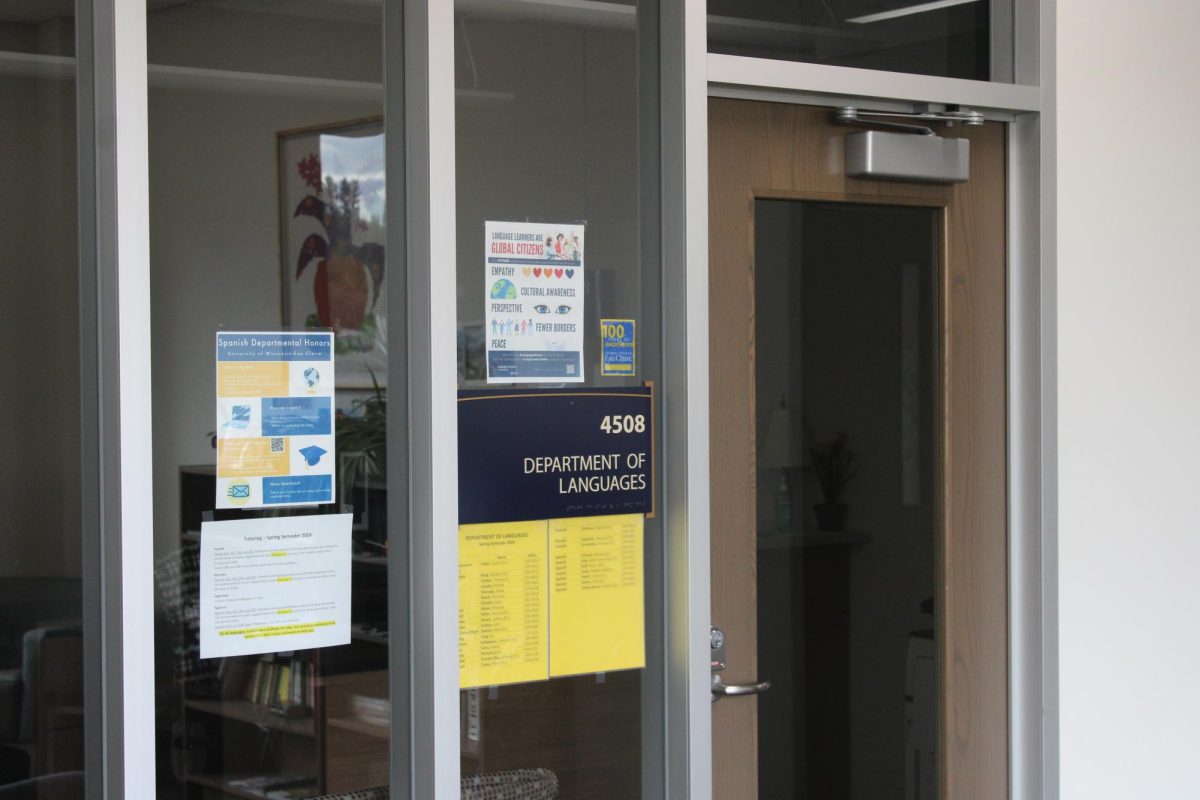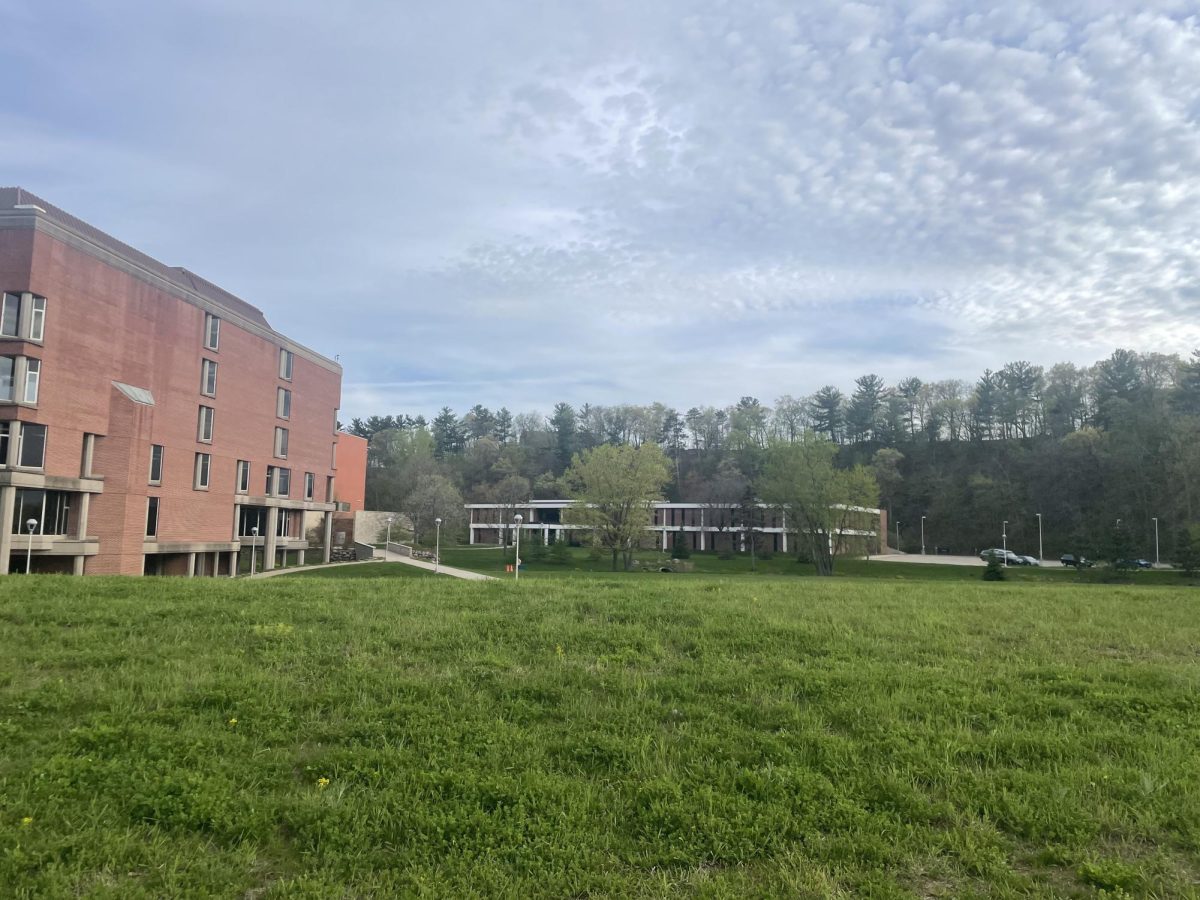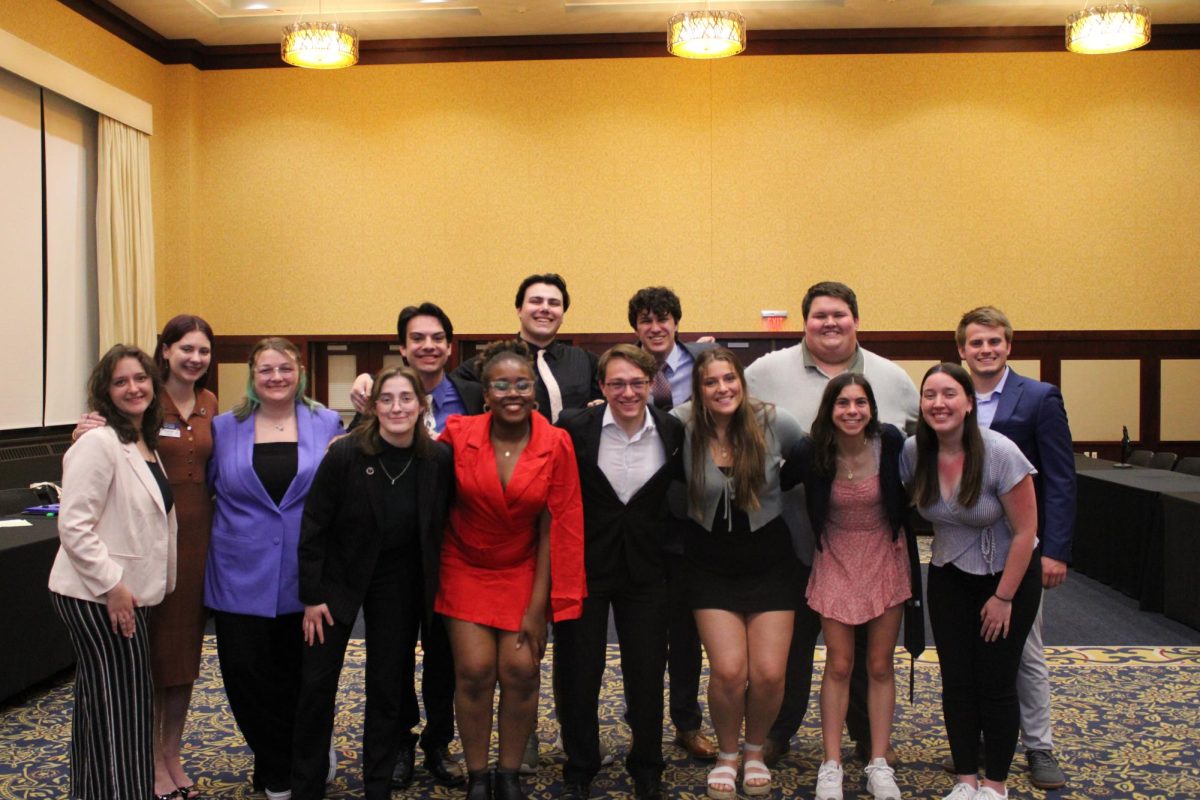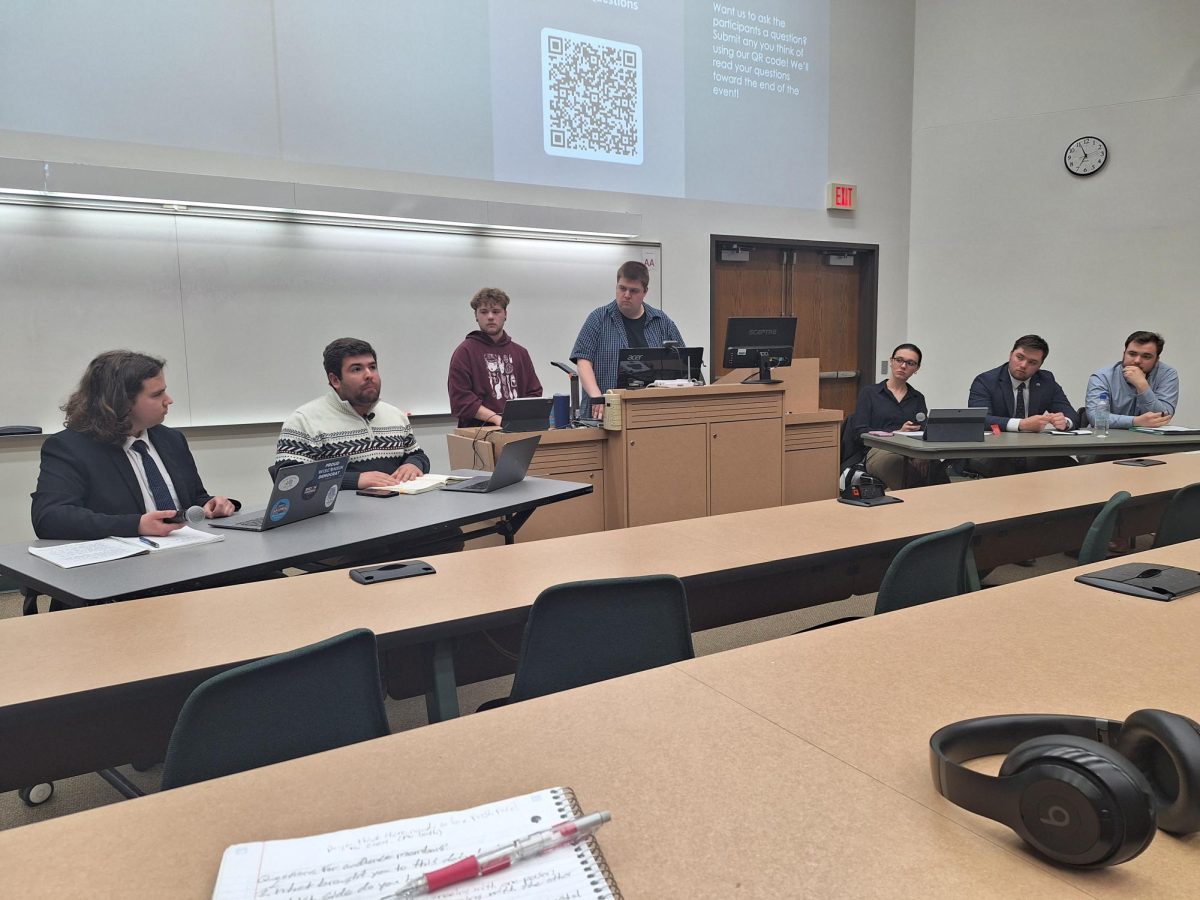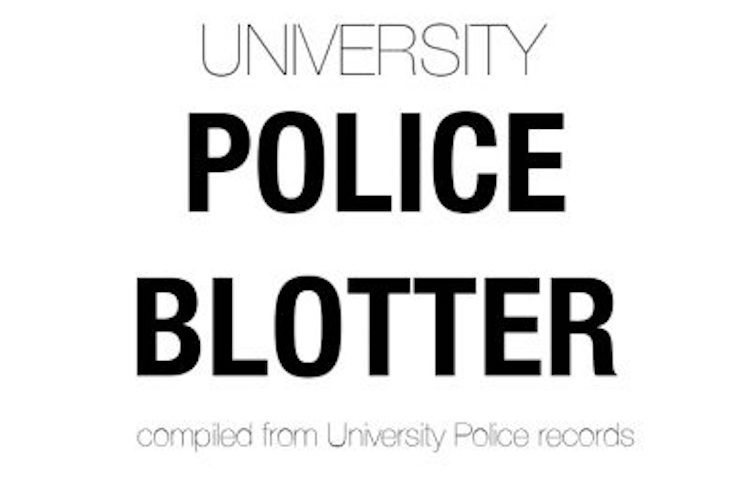Research plays a large role in many of the majors UW-Eau Claire offers. From marketing to chemistry and many other fields, the ability to gather relevant data is essential for many students to earn a degree.
Since 2008, the program Qualtrics has played a significant part in assisting students in the gathering of this data. Qualtrics makes it easier to create polls and surveys that can be made available to anyone with a campus email. Before 2008, accomplishing these feats was much more difficult, largely due to inferior software called Web Survey.
Qualtrics Administrator Danielle Ryan said the current system is a step forward for the university and patches many of the holes in the previous software.
“Web Survey was not meeting our needs,” Ryan said. “It had very limited options in the kind of questions you could ask. Truthfully, Qualtrics had functionality that goes above and beyond that.”
Terry Chmielewski, a public relations professor, uses the software for his research needs. Qualtrics simplifies the process by eliminating some of the more complicated aspects and adds new options to the formula.
“I think it’s a great tool,” Chmielewski said. “You can have it put the format right into SPSS (Statistical Package for the Social Sciences). I don’t have to do any coding and that means I don’t have any errors from coding.”
When Qualtrics was introduced, Ryan said she was excited about the potential the new tool held. That doesn’t mean the new system didn’t go through some growing pains. When Ryan and the rest of the staff was preparing to transition to Qualtrics, they ran into a road bump.
“Just when we set out to learn Qualtrics, they re-did their system,” Ryan said. “That means there was no online help to teach me anything. We had to learn the program without any kind of a guide.”
This led to a more complete understanding of the new software for Ryan and other staff members. They went through the headaches of learning it from scratch so they could help others down the road.
“The majority of our clients saw it as an improvement,” Ryan said. “But the few who didn’t, we worked with one-on-one to help them get it.”
Domanic Agnoli, a senior finance and accounting major, is thankful for the versatility of the tool. He said he has utilized the Qualtrics system many times throughout his college career and has seen the full array of possibilities the software offers.
“There’s a lot of combinations of questions you can ask, which leads to a greater quality of
information,” Agnoli said. “This resource gives you easy access to the 18- to 24-year-old demographic and you can reach the entire student population quickly and for free.”
The only downfall Agnoli sees in the system lies not in the software, but instead on the other end. The only problem he ran into was actually getting students to take a survey, especially when they sometimes take up to 20 minutes.
Professors also utilize the tool for more than research. Ryan said that although it is not the official tool for generating course feedback, some faculty members use it for just that. Others use it to help monitor attendance. Ryan said the software has been used in many different ways on campus.
“You can create a small survey and embed it as a poll online,” Ryan said. “The Student Senate uses it as the voting tool for homecoming.”
When Web Survey was replaced with Qualtrics in 2008, a wide variety of new tools became available for students and faculty alike.
The transition wasn’t without difficulty, but according to people like Ryan, Chmielewski and Agnoli, it was well worth it.


